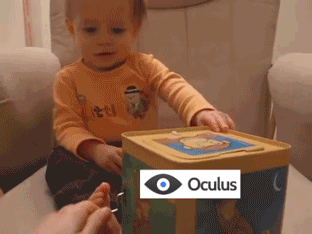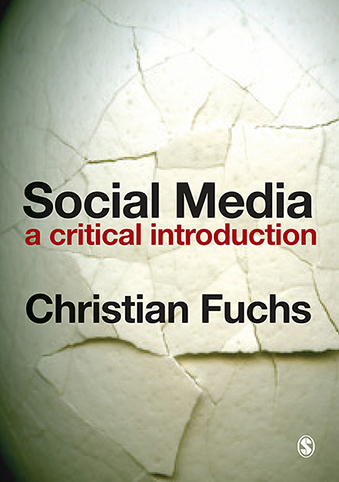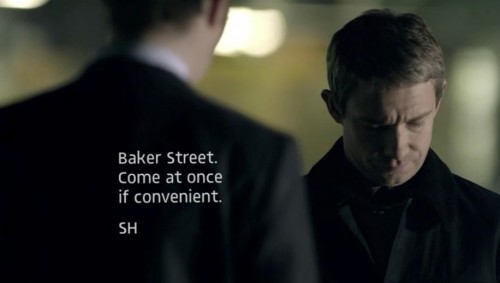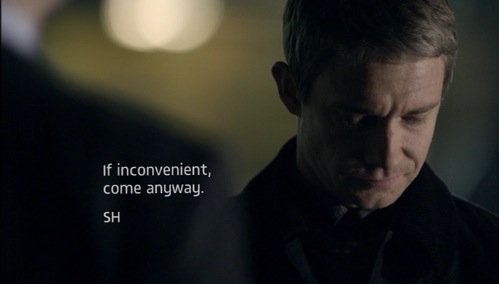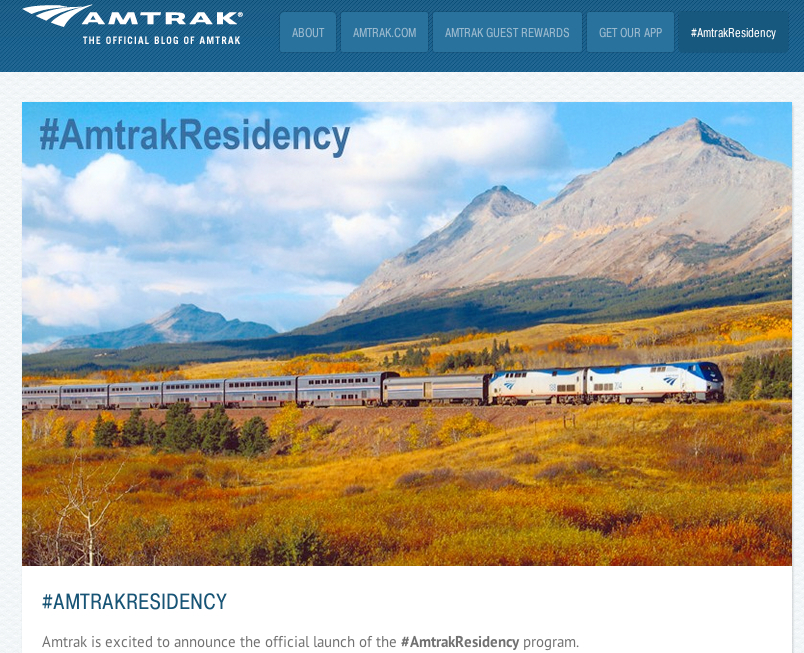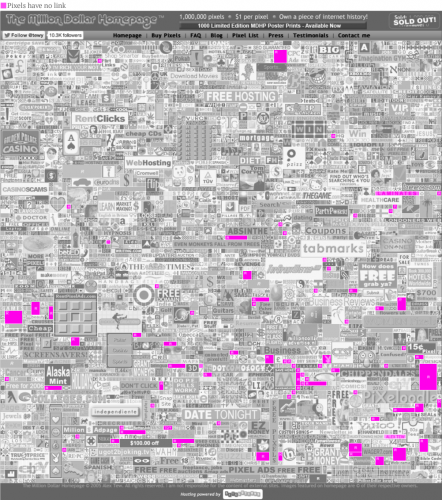
A couple of years ago, I wrote a series of posts on the atemporal nature of ruins and abandoned spaces. I moved from physical ruins to the nature of abandoned digital spaces, and the conclusion that I came to was that although both physical and digital “spaces” (not totally comfortable with that word but it seems the easiest and most understandable one so I’m going with it) are both atemporal – because a state of ruin/abandonment is intrinsically atemporal – physical ruins are atemporal with an orientation toward the future, while digital abandoned spaces are oriented toward the past. This is because physical ruins visibly decay, and that results in a kind of forward-thinking memento mori; we imagine our own future death and ruin through the present ruin that we see. By contrast, digital “ruins” – in the form of webpages – are marked as abandoned by the fact that they have stopped changing. They are locked forever into the last thing that was done to them, a snapshot of a past present (assuming they continue to exist at all). To borrow my brief summary of what the hell atemporality is in this context:
Atemporality most simply refers to the idea that our experience of time is not necessarily as linear as we like to present it; that we don’t just move in a straight line from A to B in time but that we often experience aspects of the past, the present, and the future simultaneously, simply by virtue of our nature as remembering, imagining creatures — as I wrote in my last piece on this topic, we remember the future, imagine the present, and experience the past. Moreover, this phenomenon is intensified by technology and especially by technologies of documentation and sharing.
However, that analysis left out something sort of important: links.

